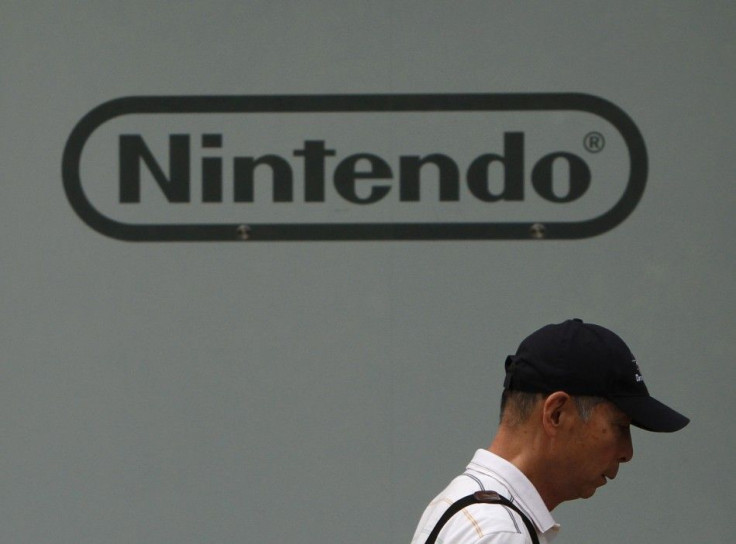Nintendo Loses $926 Million: The Rise (and Fall?) of Mario's Creator

Nintendo, which popularized gaming for the masses with accessible, colorful products, reported a loss of $926 million on Thursday, by far the largest for the company. Competition is fierce: Sony is set to release the PlayStation Vita, while mobile phones have grown to become a strong presence. Although Nintendo's Wii has been a monstrous success, selling over 80 million units, Wii sales were down to 3.3 million in the six-month period, a sharp drop from the five million sold in the previous year. Software sales were almost halved, down to 36 million from 65 million. It also dropped the price of its 3DS portable console.
It's far too soon to count the Japanese company out, however. Its next console, the Wii U, is set for a release early next year, at a price to be determined. In Jeff Ryan's recent book, Super Mario, he charts Nintendo's meteoric rise from a toy maker to arcade insurgent to the home console maker of choice. Here are some highlights:
1889: Nintendo Koppai is founded as a card company. Nintendo translates loosely to leave luck to heaven, perhaps a homage to the randomness in a deck of cards.
1973: Nintendo shifts to the Laser Clay Shooting System, a precursor to the guns of Duck Hunt.
1974: Nintendo enters the video game industry by distributing the Magnavox Odyssey, later creating its own Color TV Game console. Shigeru Miyamoto, who would create Nintendo's most beloved characters, joins the company.
1980: Nintendo launches Game & Watch, a handheld game with primitive silhouettes.
1983, 1985: Nintendo launches the Famicom in Japan, later known as the NES in the U.S. two years later, kicking off its dominance in the family console business. Super Mario Bros. is released.
1989: The Game Boy, with an olive green tint, is released, starting Nintendo's dominance in the handheld industry. It will be followed by the Game Boy Pocket, Color, Advance and a variety of other versions.
1990: The Super NES is released, starting a console war with Sega's Genesis. The 16-bit system goes on to sell almost 50 million units, making it the best selling console of its generation.
1996: The Nintendo 64 brings Mario to full 3D graphics and releases a string of strong first party titles. The N64 controller begins to resemble modern controllers, with curved surfaces and a rumble pack.
2001: The GameCube is released, but ultimately falters compared to the PlayStation 2, the best selling video game console in history. Microsoft's XBox adds new competition, turning a two-horse race into three.
2004: Nintendo replaces its Game Boy system with the DS, which has two LCD screens, including a touchscreen. It goes to sell 149 million units, the most of any system aside from the PlayStation 2. Nintendo manages to pre-empt the rise of gaming on tablets and mobile phones and appeals to consumers who don't think of themselves as gamers.
2006: As Sony and Microsoft release beefy seventh generation consoles with more power, processing and better graphics, Nintendo goes in an opposite direction, favoring weaker technology, but a distinct motion sensing controller and popular titles like Wii Fit. The Wii becomes a smash hit, with over 88 million copies sold, and stores cannot keep the products in stock.
2011: Nintendo 3DS is released, but sales are weaker than expected. The Wii U is unveiled, with a release date planned for 2012. In October, Nintendo announces six month losses of $926 million, sending stocks falling to under $18 per share.
© Copyright IBTimes 2024. All rights reserved.











